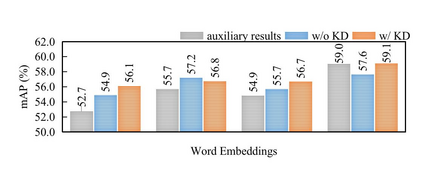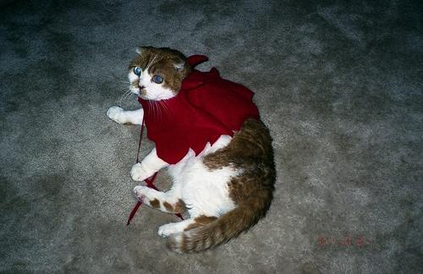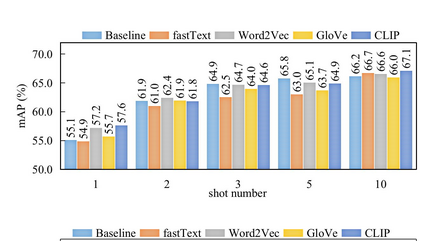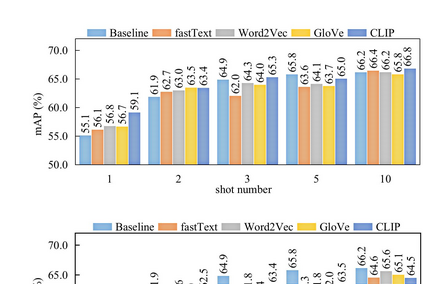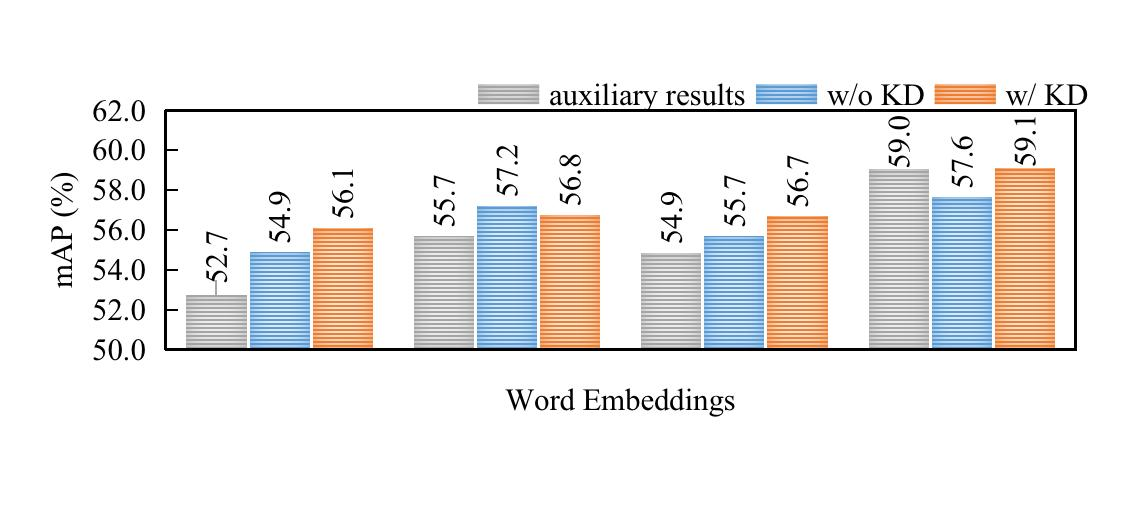Few-shot learning models learn representations with limited human annotations, and such a learning paradigm demonstrates practicability in various tasks, e.g., image classification, object detection, etc. However, few-shot object detection methods suffer from an intrinsic defect that the limited training data makes the model cannot sufficiently explore semantic information. To tackle this, we introduce knowledge distillation to the few-shot object detection learning paradigm. We further run a motivating experiment, which demonstrates that in the process of knowledge distillation the empirical error of the teacher model degenerates the prediction performance of the few-shot object detection model, as the student. To understand the reasons behind this phenomenon, we revisit the learning paradigm of knowledge distillation on the few-shot object detection task from the causal theoretic standpoint, and accordingly, develop a Structural Causal Model. Following the theoretical guidance, we propose a backdoor adjustment-based knowledge distillation method for the few-shot object detection task, namely Disentangle and Remerge (D&R), to perform conditional causal intervention toward the corresponding Structural Causal Model. Theoretically, we provide an extended definition, i.e., general backdoor path, for the backdoor criterion, which can expand the theoretical application boundary of the backdoor criterion in specific cases. Empirically, the experiments on multiple benchmark datasets demonstrate that D&R can yield significant performance boosts in few-shot object detection.
翻译:少见的学习模型以有限的人文说明来学习表现,而这种学习范式则表明在各种任务(例如图像分类、物体探测等)中的可行性。然而,少见的物体探测方法存在一个内在缺陷,即有限的培训数据使模型无法充分探索语义信息。要解决这个问题,我们将知识蒸馏引入少见的物体探测学习范式。我们进一步进行了一个激励性实验,表明在知识蒸馏过程中,教师模型的经验错误使作为学生的少见的物体探测模型的预测性能退化了。为了理解这一现象背后的原因,我们从因果关系角度重新审视了对少见的物体探测任务进行知识蒸馏的学习范式。因此,我们开发了一个结构性的构造模型。根据理论指导,我们提出了一个基于后门的调整知识蒸馏方法,用于微小的物体探测任务,即分解和Remerge(D &R),以便向相应的结构构造模型进行有条件的因果干预。理论上,我们提供了一个扩展的变量定义,i.R,从因果关系角度,从因果关系角度,从结果的后标准中,在后向后试验中,可以扩展具体的底级标准。

